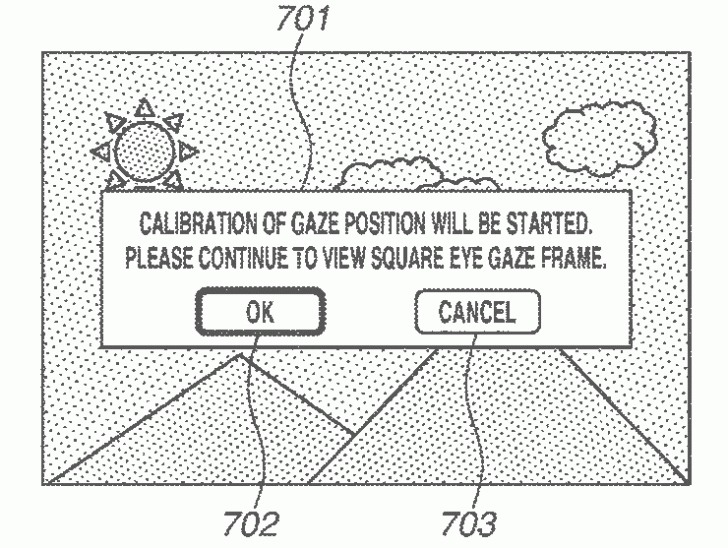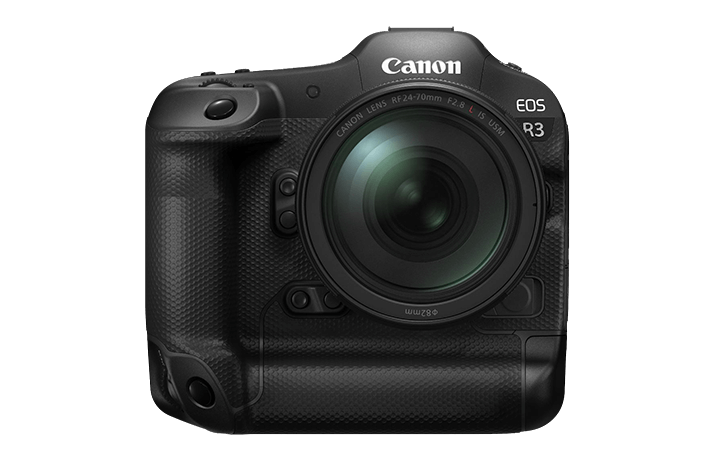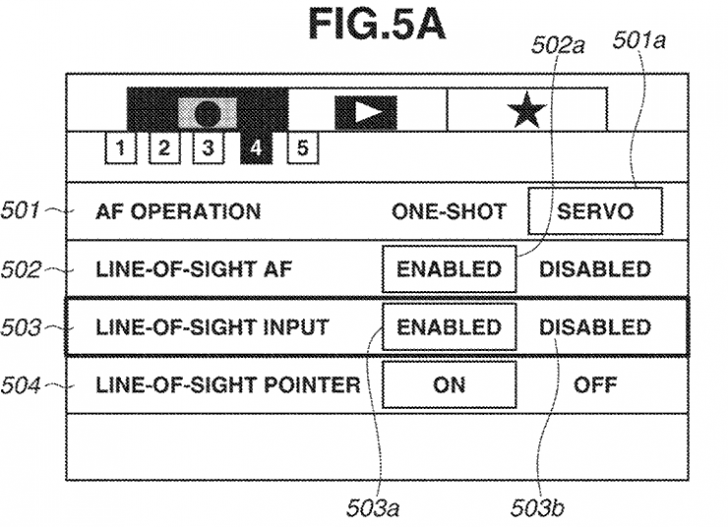The Canon EOS R3 will come with eye-controlled autofocus, made most famous by the film camera, the EOS 3. There have likely been a few advancements in technology over the last few decades, but there are some similarities in how the system will be calibrated.
The USPTO patent US 2021/0124239
The first patent shows the menu system that will likely be similar to what we see in the Canon EOS R3. It looks like there will be a lot of customization options to improve the experience.
 The USPTO patent US 2021/0125375
The USPTO patent US 2021/0125375
The second patent shows off how Canon plans to set up calibration for eye-AF on the Canon EOS R3. This calibration is similar to the way the Canon EOS-3 worked, you will follow a moving target around the viewfinder. Canon has likely worked out a lot of the issues with the first implementation of this technology. Most notably the struggles people with glasses had from time to time, as well as issues that weren't easy to explain.
 There will likely be a lot more patents over the next couple of months that will better explain how the Eye-AF will be implemented in the Canon EOS R3.
There will likely be a lot more patents over the next couple of months that will better explain how the Eye-AF will be implemented in the Canon EOS R3.


 The USPTO patent
The USPTO patent
The R3 will be a whole different ball of wax. The old technology had the eye drive AF to fixed AF points. I think the new technology will be radically different. AI will determine points of interest in the photo, and with your eyes you'll be able to flip between these points. I have no doubt that the new implementation will be vastly more useful.
That being said I’m quite hopeful that the 2021 version will be a vast improvement - considering how well the R5 can detect and track a subject’s eyes. With some sort of Lidar like tech ECF may finally have come of age (fingers crossed )
I still have my Elan IIe. Maybe I should put some Ilford Delta 400 in it...
If you go back to the previous patent on this technology that CR guy posted, you'll see that the camera performs an iris scan using a small sensor and infrared light source inside the EVF. That is used to recognize a user. Besides calibration, the camera could also learn a user's preferences with regards to subject selection according to the patent. So if you have two people who like macro, but one shoots insects and the other flowers, the subject recognition would prioritize an insect on a flower for one user, and the flower itself for the other user.
I think that aspect of a patent was more them looking ahead at what could be done rather than something we'll actually see in the R3. But the method for observing the eye and obtaining the user's identity and what they are looking it are probably very close between the patent and the actual implementation.